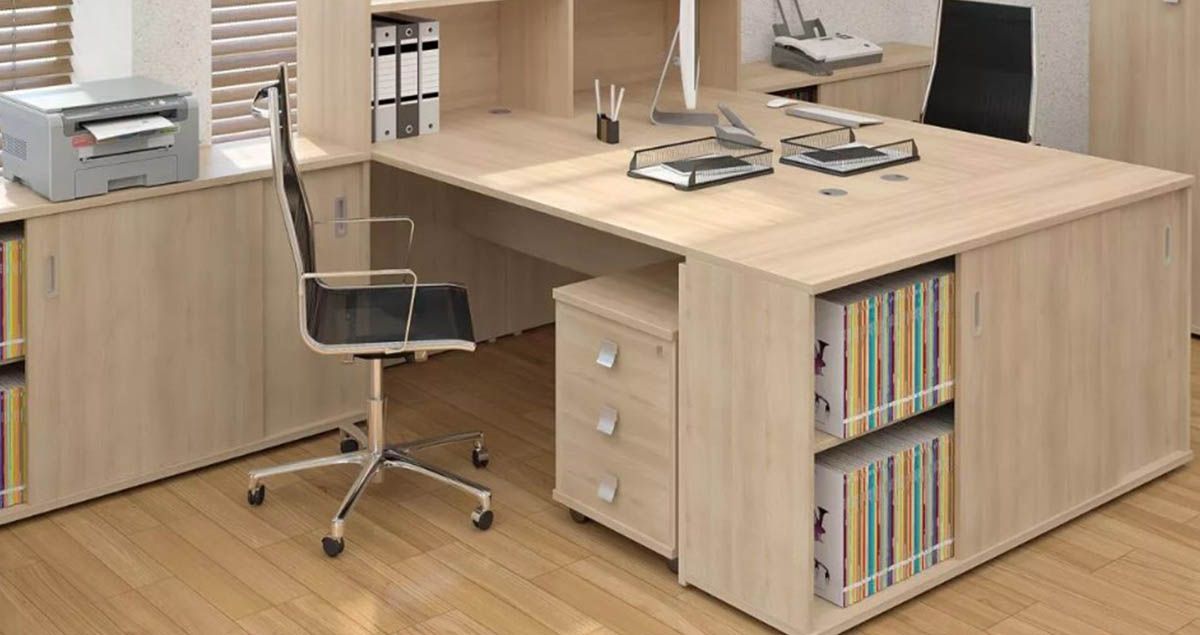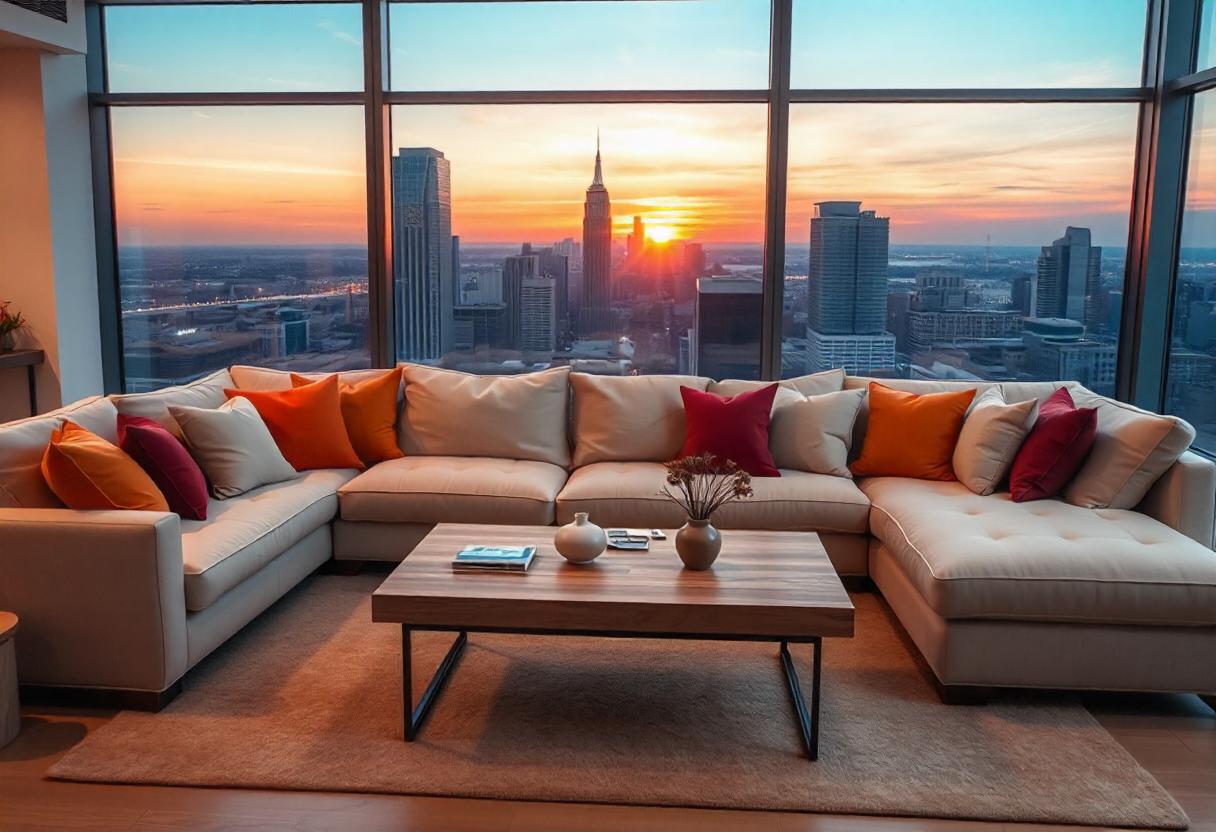Office furniture defines the essence and function of any workspace. The furniture you choose not only impacts your work environment but also affects productivity, employee satisfaction, and even brand image. One of the most significant choices in setting up an office space is deciding between modern and traditional styles. Each brings its unique flair, practical benefits, and specific considerations. In this article, we’ll dive deep into the world of office furniture, comparing modern and traditional styles to help you make an informed decision for your workspace.
Understanding Modern Office Furniture
Modern office furniture embodies simplicity, functionality, and innovation. It draws inspiration from contemporary design and often emphasizes clean lines, minimalism, and the latest in ergonomic support.
Key Features of Modern Office Furniture:
- Minimalistic Designs: Focus on simplicity, often using neutral colors with pops of accent shades.
- Materials: Common materials include metal, glass, and engineered wood, promoting a sleek look.
- Functional Spaces: Modern furniture is often modular, allowing flexibility in how pieces fit into the workspace.
- Technology Integration: Many modern desks and chairs come with features for technology integration, such as built-in charging ports, cable management, and adjustable desk heights.
- Eco-Friendly Options: With a growing focus on sustainability, many pieces use recycled or sustainable materials.
Modern furniture is often an ideal fit for fast-paced and creative work environments, where adaptability and comfort are paramount.
Features of Traditional Office Furniture
Traditional office furniture has a classic and timeless appeal, often characterized by rich wood tones, intricate detailing, and a solid, substantial feel. It conveys authority, elegance, and permanence.
Key Features of Traditional Office Furniture:
- Heavy Materials: Traditional styles often use solid wood, like mahogany or oak, adding a sense of gravitas and durability.
- Ornate Designs: Intricate detailing, such as carved accents and leather upholstery, is common.
- Deep Colors: Rich colors, including deep browns, greens, and burgundies, are widely used, adding warmth and professionalism.
- Quality Craftsmanship: Traditional furniture often showcases high-quality construction meant to stand the test of time.
- Stately Comfort: Plush, upholstered seating is typical, offering comfort along with classic style.
Traditional furniture works well in settings that prioritize a formal, established look, like law offices, executive suites, and boardrooms.
Comparing Modern and Traditional Office Furniture
Choosing between modern and traditional styles largely depends on factors such as your workspace type, budget, and brand image. Below is a comparative look at both styles:
|
Factor |
Modern Office Furniture |
Traditional Office Furniture |
|
Design |
Minimalistic, sleek, functional |
Ornate, timeless, elegant |
|
Materials |
Metal, glass, engineered wood |
Solid wood, leather, plush upholstery |
|
Color Scheme |
Neutral tones, bold accents |
Deep colors, warm wood tones |
|
Functionality |
Modular, adaptable, tech-friendly |
Sturdy, timeless, less focus on tech integration |
|
Cost |
Variable, usually moderate to high |
Generally high, depending on craftsmanship |
|
Ideal Settings |
Creative, tech-centric, and collaborative |
Formal, executive, and law office settings |
|
Ergonomics |
High, often adjustable and posture-friendly |
Traditional comfort, less adaptable ergonomics |
Modern furniture, with its flexibility and innovation, suits fast-evolving workplaces, while traditional furniture offers the elegance and stability valued in more formal environments.
How to Choose Between Modern and Traditional Office Furniture
Selecting the right style requires careful thought about your brand, budget, and space needs.
- Assess Your Brand’s Personality: Think about how you want clients and employees to perceive your brand. A creative agency may lean towards modern furniture, while a law firm may prefer traditional.
- Consider the Workspace Layout: Open office layouts tend to work well with modular, modern pieces. If you have private offices, traditional furniture may suit the setting better.
- Budget Evaluation: Traditional furniture, often crafted from high-quality wood, is generally more expensive. Modern options range in price, offering more budget-friendly alternatives.
- Factor in Durability: If you need long-lasting pieces, both traditional and well-crafted modern furniture will serve well, though traditional wood pieces may stand up better over time.
- Think About Employee Comfort: Ergonomic furniture, more common in modern designs, can support productivity and well-being, especially for employees working long hours.
The Role of Comfort and Ergonomics
Comfort is key to productivity, and ergonomic furniture can make a big difference in a work setting. Ergonomically designed furniture supports physical well-being, reducing strain and fatigue, especially for desk-bound employees.
Ergonomic Considerations in Modern Furniture:
- Adjustable Desks and Chairs: Many modern pieces have adjustable heights and angles for personalized support.
- Lumbar Support: Modern chairs often have adjustable lumbar support to reduce back strain.
- Standing Desks: These are gaining popularity, allowing workers to switch between sitting and standing.
Traditional Furniture Ergonomics:
- Plush Seating: Traditional styles offer high-quality upholstery, which can be comfortable for shorter durations.
- Fixed Designs: Traditional chairs and desks may lack the adjustability of modern options, though some high-end options do offer ergonomic modifications.
Ergonomics is crucial, especially in open or co-working environments. Modern furniture has more options tailored to diverse ergonomic needs, making it ideal for flexible office spaces.
Frequently Asked Questions (FAQs)
Q1: Which style is more budget-friendly? Modern office furniture often has more affordable options due to the variety of materials available. Traditional furniture, especially pieces crafted from high-quality wood, tends to be pricier.
Q2: Is one style more durable than the other? Traditional furniture, often made from solid wood, is known for its durability. However, high-quality modern furniture can also last long, especially when made from sturdy materials.
Q3: Can I combine both modern and traditional styles? Yes! Mixing styles is known as “transitional” design, and it allows you to blend the elegance of traditional pieces with the functionality of modern ones.
Q4: Which is better for a small office space? Modern furniture, with its minimalistic and modular designs, is often better suited for smaller spaces. Traditional furniture can be bulky and may crowd a compact area.
Q5: Is traditional furniture still relevant? Absolutely! Traditional furniture remains popular for its timeless appeal and solid craftsmanship, especially in fields where professionalism and authority are prioritized.
Q6: Does modern furniture offer better ergonomic options? Generally, yes. Modern office furniture tends to incorporate more ergonomic features, catering to the need for flexibility and comfort.
Conclusion
The choice between modern and traditional office furniture hinges on your brand’s needs, budget, and personal preferences. Modern furniture offers functionality, adaptability, and ergonomic features that make it well-suited for fast-paced and creative environments. Traditional furniture, with its enduring elegance and robust construction, provides a sense of permanence and authority. Ultimately, whether you opt for a sleek, contemporary look or a classic, timeless design, the right office furniture can transform your workspace, improve productivity, and reinforce your brand’s identity.



